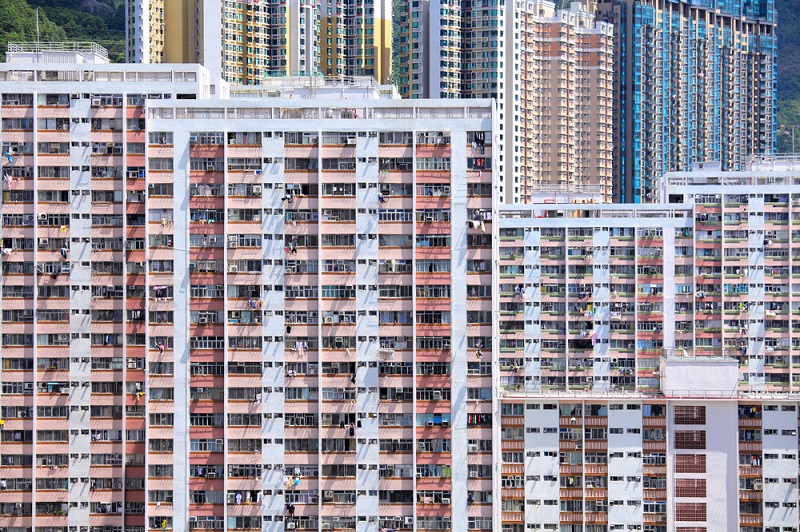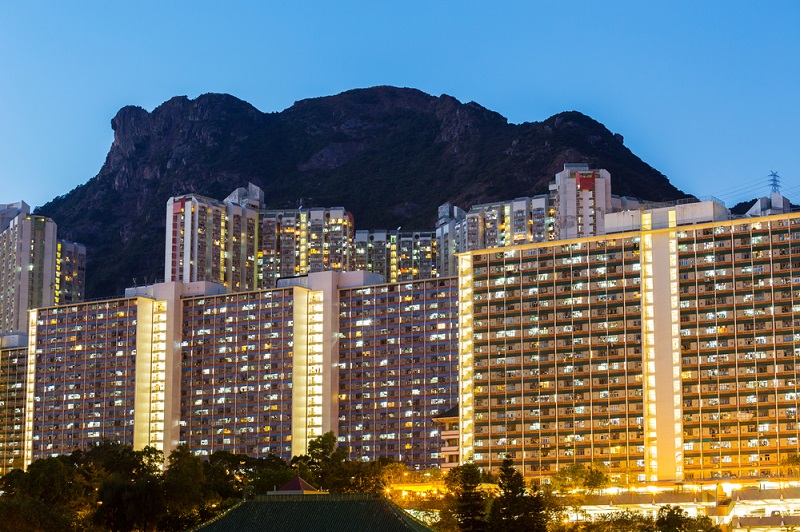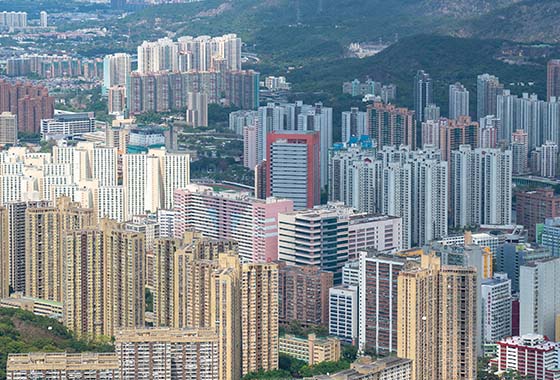Missing the targets
This article appeared originally in the South China Morning Post on 19 February, 2019.
Authors: Ryan Ip, Head of land and housing research ; Iris Poon, researcher at the Public Policy Institute of Our Hong Kong Foundation

If Hong Kong’s housing targets seem too good to be true, it’s because they are.
The government’s rose-tinted projections of public flat numbers are not supported by the actual pace of construction and cannot relieve the city’s severe housing crunch. Worse, they take the focus away from the real problem at hand: the shortage of land.
Many grass-roots citizens in the affluent city of Hong Kong are struggling in shoebox-like living conditions. Queuing for public housing is like waiting for Godot – it takes 5½ years on average and that figure is growing, while the number of households living in inadequate housing, including subdivided flats, has risen to a staggering 116,600. The lag in the supply of public housing is one of the main culprits.
What is worrisome is that the lag in public housing supply is getting worse. It is true that the government has pledged to increase the ratio of public housing from 60 to 70 per cent of total housing supply, as stated in the latest annual progress report on Hong Kong’s long-term housing strategy.
This should mean we will see 126,000 public housing units in the supply pipeline over the next four years to 2023. However, this target is not matched by the progress report’s own forecast of completed flats, which suggest that only 73,700 more flats would be built, which would be more than 40 per cent lower than the supply target.
It is also interesting to compare the report’s 10-year supply target with how much land the government has identified for the purpose of public housing, and how many units can potentially be built on this land in the next 10 years. As the 2018 progress report noted, although the target is set at 315,000 new public housing flats from 2019 to 2028, even under the most optimistic conditions, the land that the government identified can supply only 248,000 flats in the same period. In other words, there will be a shortfall of at least 67,000 public housing flats in the next 10 years.
In fact, the shortfall will probably exceed this figure, because the government has already missed the target set four years ago for public housing flats. Its long-term housing strategy, announced in 2014, set a 10-year target of 290,000 public housing flats from 2015, which means an average of 29,000 flats a year. If evenly spread, Hong Kong would have had 116,000 new public flats in the four years to 2019.
But again, the government forecast was much lower than the target, and the actual number of completed flats lower still. The government projected a supply of only 77,800, and the completed number of flats, according to the Housing Authority, was 70,400 flats. This means a shortfall of nearly 40 per cent over the forecast.
The government has often claimed that public housing supply would be more abundant further down the line, despite it falling short in the immediate future, but is this really the case? Compared with the official 10-year public housing supply target of 290,000 flats, the forecast of completed units (based on Housing Authority figures and a forecast by Our Hong Kong Foundation) is only 192,200, some 34 per cent lower than the target.
Even if we look at the amount of government land identified for public housing, under the most optimistic scenario, we would get only 254,000 flats, according to the government’s 2014 long-term housing strategy report. Actually, this number is far too optimistic, given the 192,200 forecast; it amounts to another 61,800 flats. Hence, it is clear housing supply further down the line cannot be ramped up that much.
Further evidence suggests that the lag in the supply of public housing is unlikely to improve in the foreseeable future. Though the government said in its long-term housing strategy report that it had identified land to build an additional 11,000 units, in reality, 10,600 of these units are tied to the nine plots of land that were rezoned from private to public housing. Elsewhere, the government has made little progress in identifying land.

The government has also said it would increase the plot ratio of public housing by 30 per cent, thus allowing 30 per cent more floor area to be built. However, this is just adding 10 percentage points to the 20 per cent increase already unveiled in the chief executive’s policy address in 2014. Since the announcement of this measure, the increase in plot ratio has only contributed an extra 7,600 public housing flats, accounting for only a small amount of flats completed in those years.
To raise the plot ratio, the government also needs the consent of the Town Planning Board, which would lengthen the planning process and thus slow supply. It is possible that delays in the completion of public housing will become more serious. Raising the plot ratio is a stopgap measure, as the root of the problem is the shortage of land, and the real solution is to increase supply.
Hong Kong’s housing supply is falling short over both the short and long terms, especially for public housing. There has been no new town built since Tung Chung in the 1990s. For the next new town or new development area in Kwu Tung North and Fanling North, the first batch of homes will not be available before 2023, and the works will not be fully completed before 2031.
Speed is of the essence, so it is important that we explore and support different ways to make land available, while measures like rezoning and developing new areas are also important to redress land shortages in the next 10 years.



